
One of many explanations for the island of Antigua’s name is that when Christopher Columbus first saw it he commented that it was “anti-agua”–the island that has no water.
That’s ironic because most of the options for shore excursions from Explora Journeys’ new Explora 1 revolve around water. This Caribbean island boasts it has 365 beaches—one for every day of the year.
It turns out that old Chris was making a hasty judgment, because enough rain falls every year on Antigua that it became a prolific sugar cane growing island. Nowadays, the cane fields are long gone, because the crop that required a lot of work for the skimpy profits the sugar produced. But even today there’s a healthy canopy of tropical trees.
Nowadays, the island focuses on enticing tourists to come and enjoy its beaches. And Columbus was right about one thing–most of the time it doesn’t rain and that means most any day you visit there’s an excellent chance the day will be brilliantly sunny.
I chose a shore excursion arranged by Explora because it visited spots that sounded intriguing: Devil’s Bridge and Long Bay, which is the biggest stretch of sand along the island’s coast.
It’s also a trip that provides an overview of life in the countryside of Antigua. From the port city of St. John’s our tour bus made the longest drive you can make on the island that’s only two-thirds the size of New York City. It’s only a 16 mile trip across the island from east to west but it takes 45 minutes along narrow twisting roads, past places called All Saints, Freeman’s Village and Betty’s Hope where the biggest buildings are two-room wooden clapboard cottages with tin roofs.
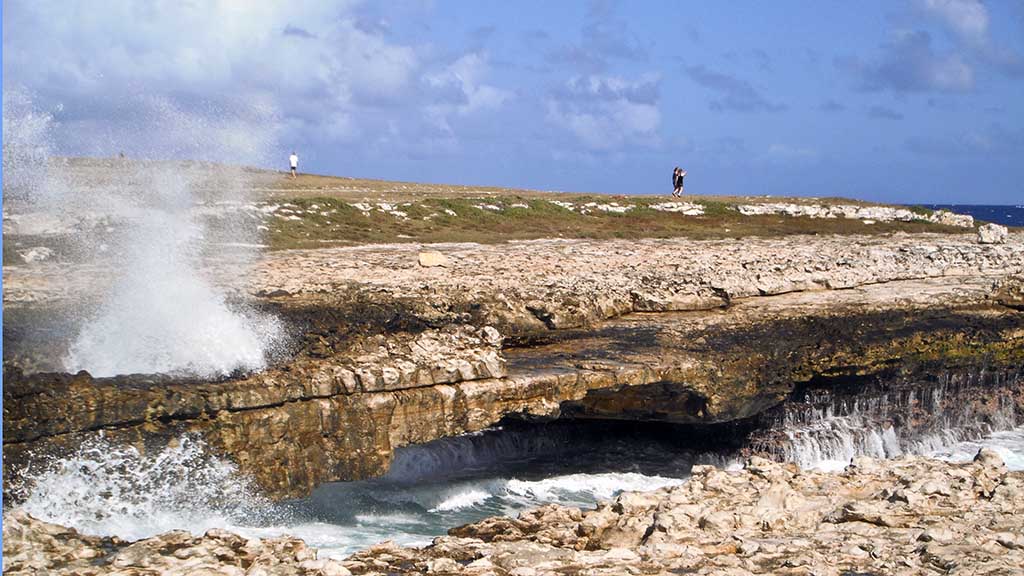
We’re headed to Devil’s Bridge, a natural arch of stone that was carved from the rocky coast by the constant pounding of waves that today surge up dramatically and sometimes totally engulf it. Its sinister name, we’re told, comes from the reputation of the surges to snatch away people who stray too close to the edge.
The sheer cliffs along the coast make it a remarkable sight and visitors keep their distance. It’s definitely not the kind of place you’d choose to try to take a dip, or even attempt to ride the massive rolling waves over sharp rocks that would smash a surfboard or a skull.
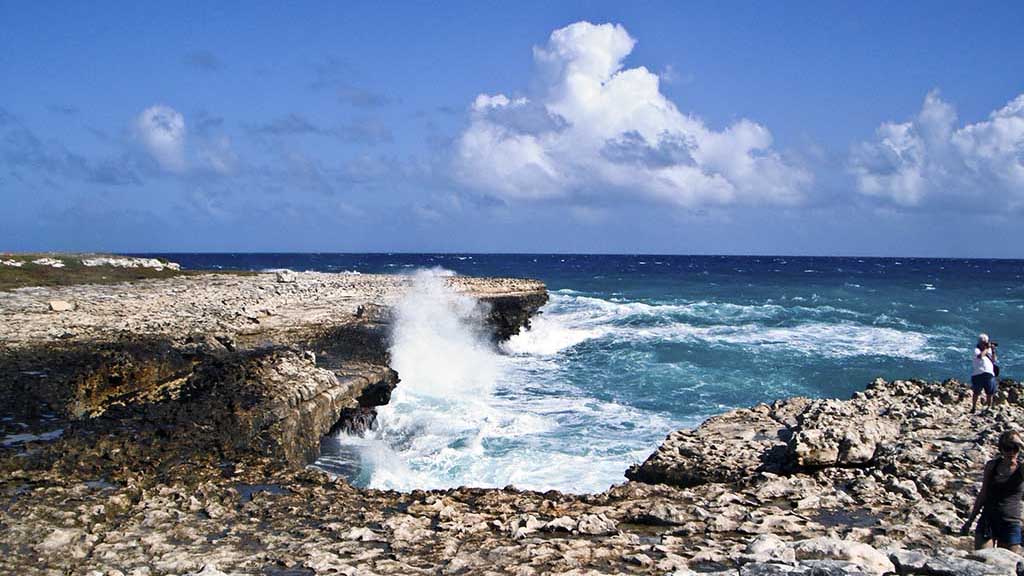
Our beach destination is nearby Long Bay, which is pleasantly big but by no means huge. A couple of resorts take up about half of the shore and much of the rest of the beach has private concessions that have chairs and umbrellas for rent. But the whole shore is free for all beach combers and it’s a gorgeous crescent of white sand with turquoise water that’s shallow enough to be ideal for kids.
The sport is bobbing in the waves which here are relatively gentle thanks to a series of reefs further out. Some energetic snorkelers swim out to the reef. But be warned, you’ll need to fight some strong wave surge.
In the clear water you’ll see schools of small fry who will grow up to be colorful reef fish. Pelicans patrol along the shore and make sudden dives plunging to grab their breakfast.
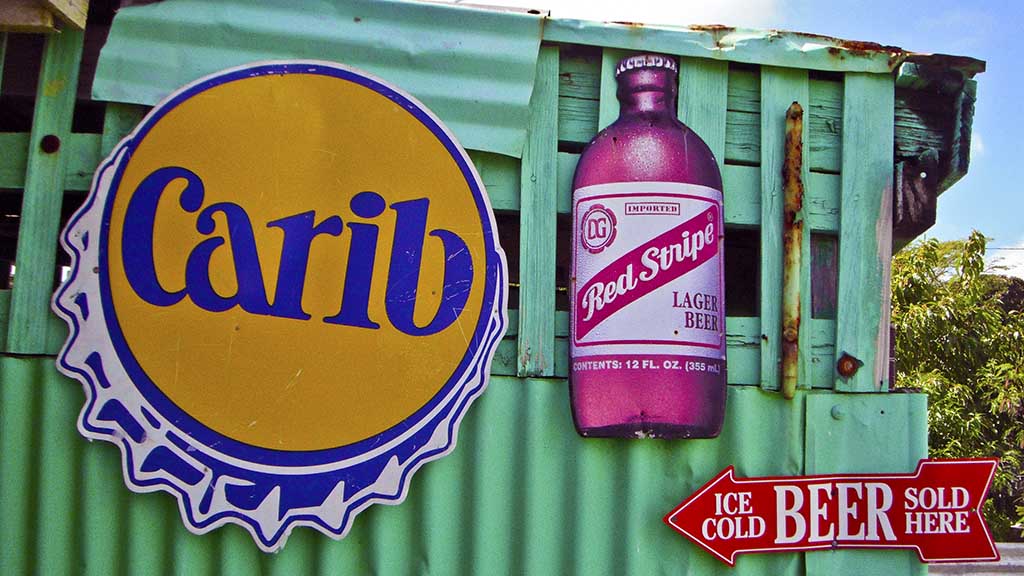
And there’s a welcome refreshment stand where you can buy nice cold island beers, including the island’s own brew called Wadadli, which is a local name for Antigua. Annual beer production is over 5 million liters, which when you do the math is not bad for an island that has a population of only a little more than 90,000.
Finallly, a caution about that brilliant sun: The locals head out to the beach on Sundays, but most other days it’s mostly tourists who generally inhabit the beach. I was only there for about three hours and I found that’s enough.
Even though I stayed under beach umbrellas most of the time, the combination of the white sand that reflected the sun’s rays and the steady breeze off the water produced an unexpected sunburn. I recommend a really high SPF sunscreen—even an SPF 50 on my arms and legs didn’t prevent a lobster-like reddening.




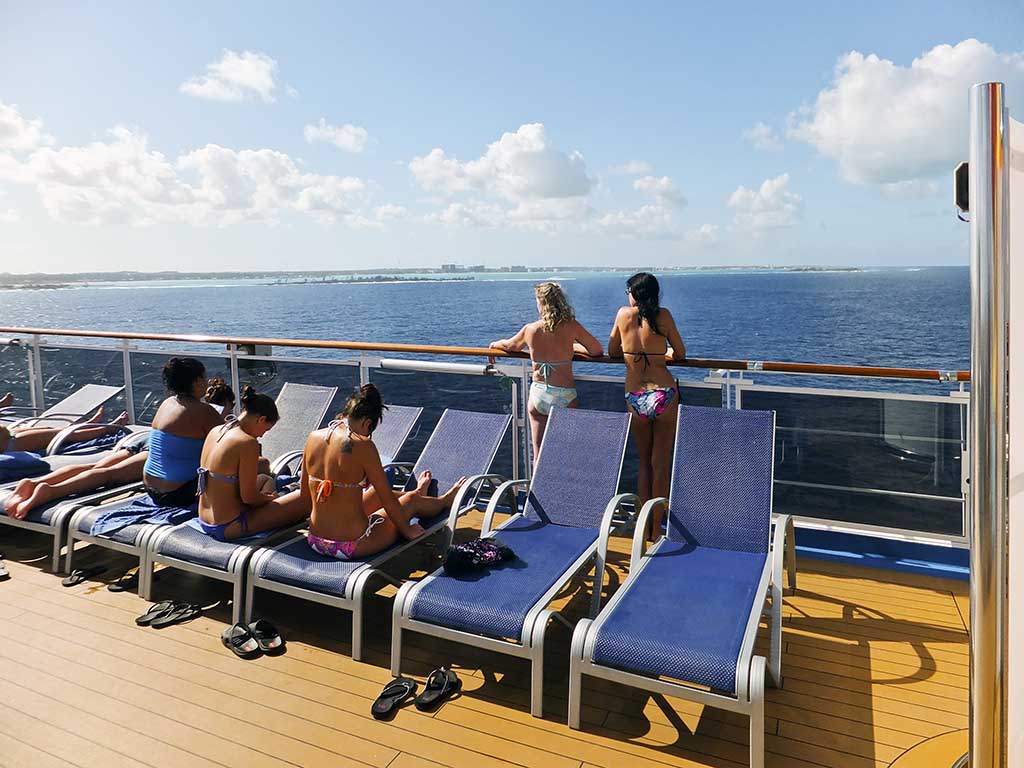
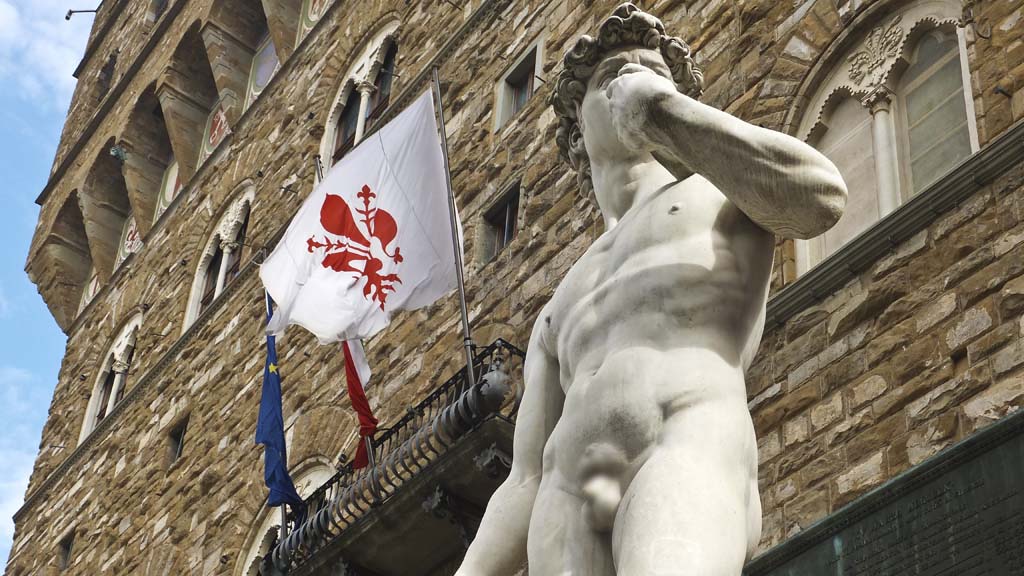

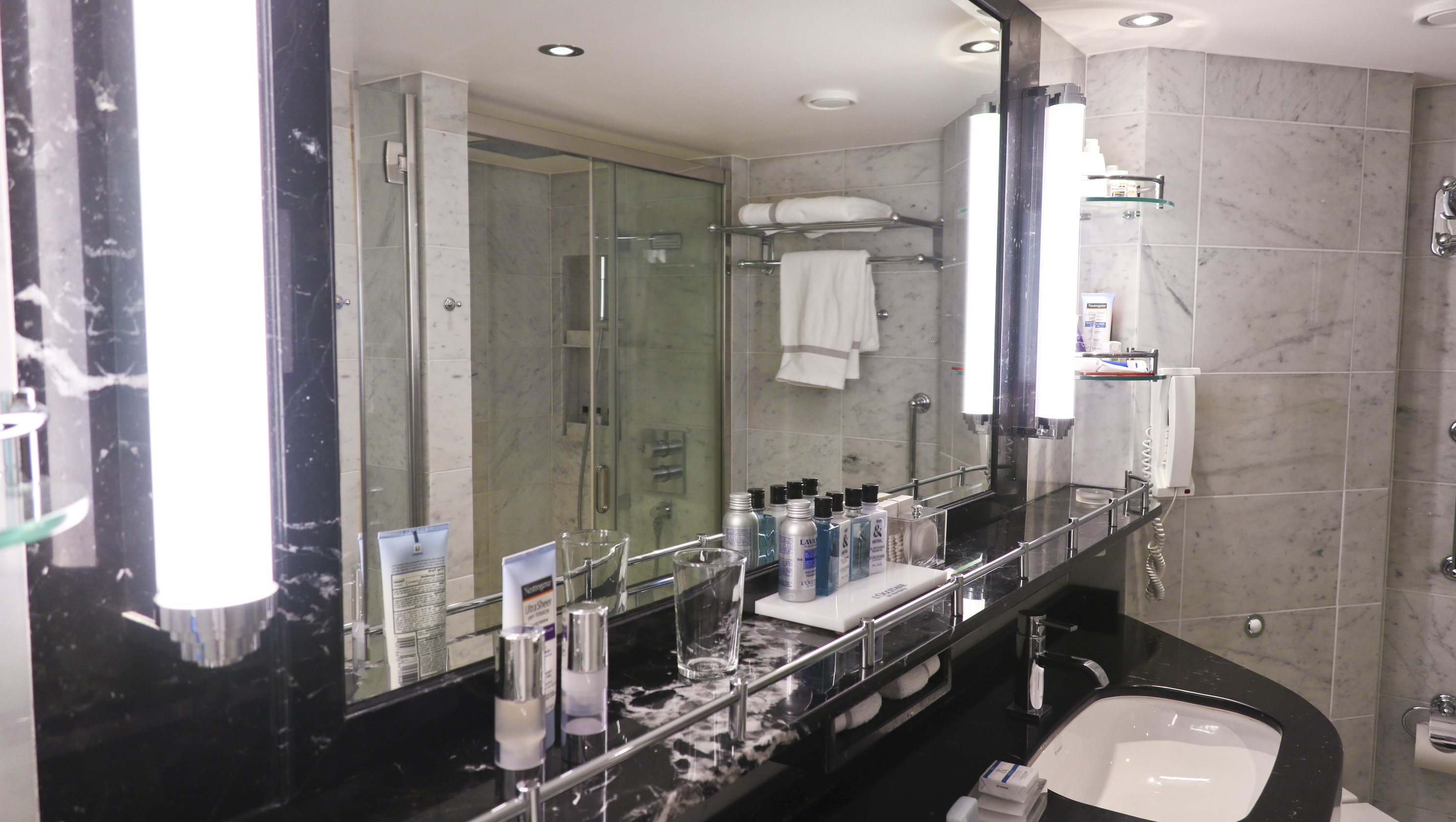
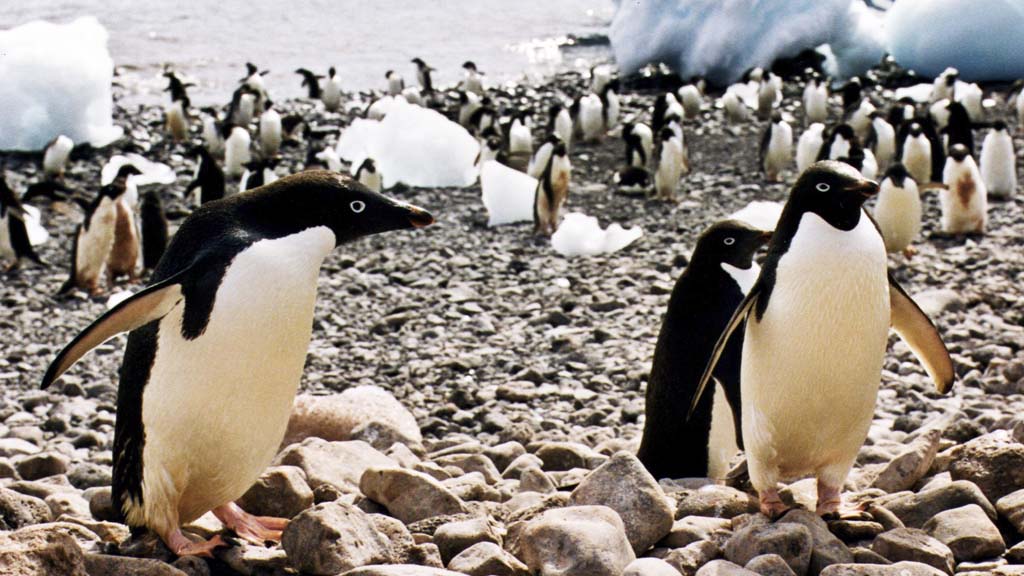
1 Trackback / Pingback
Comments are closed.